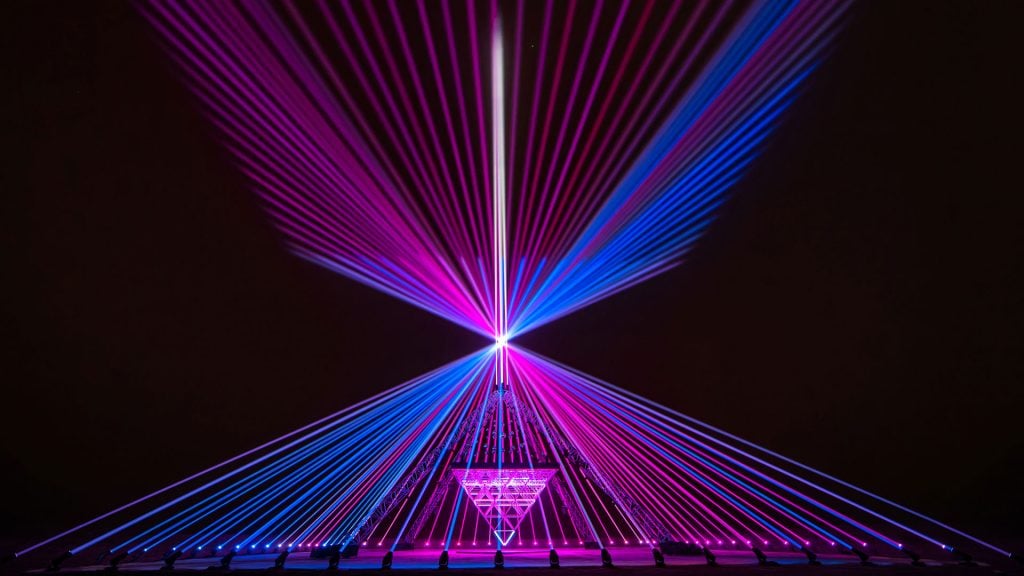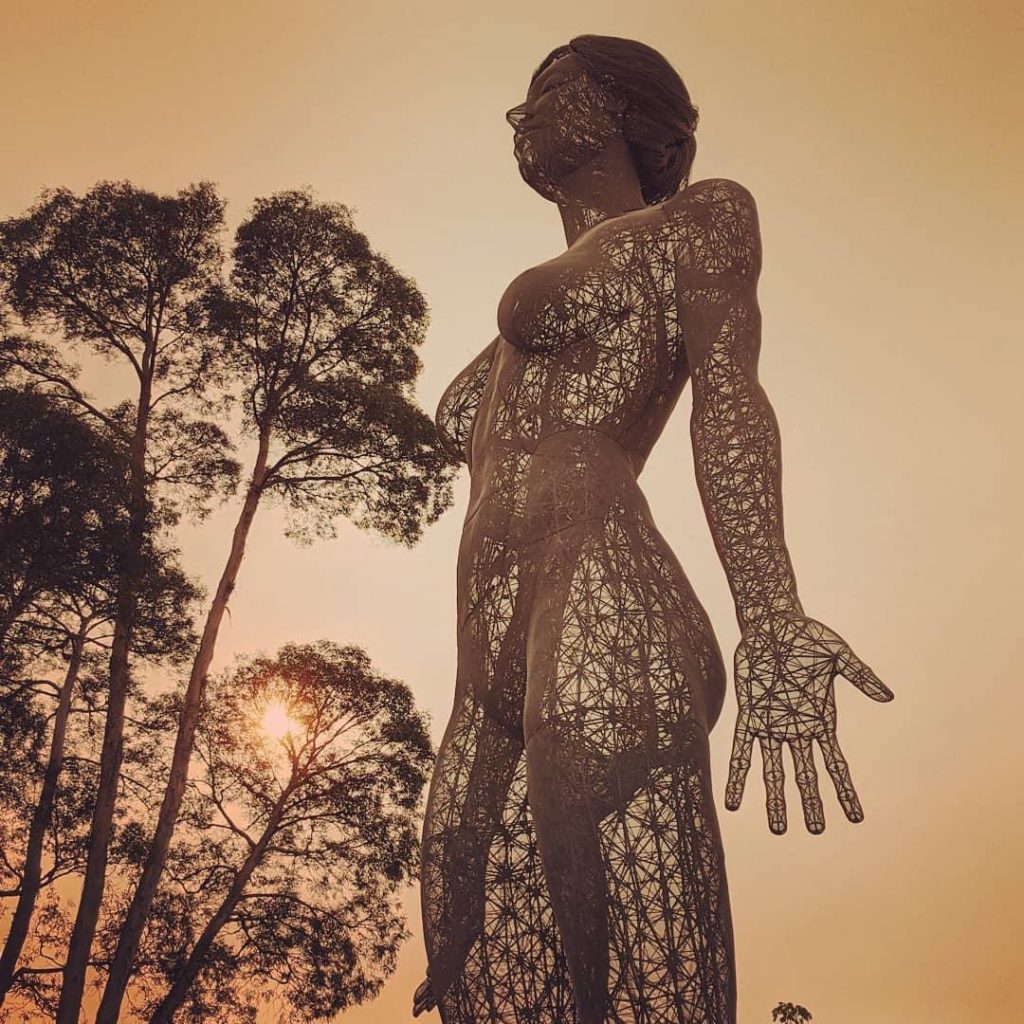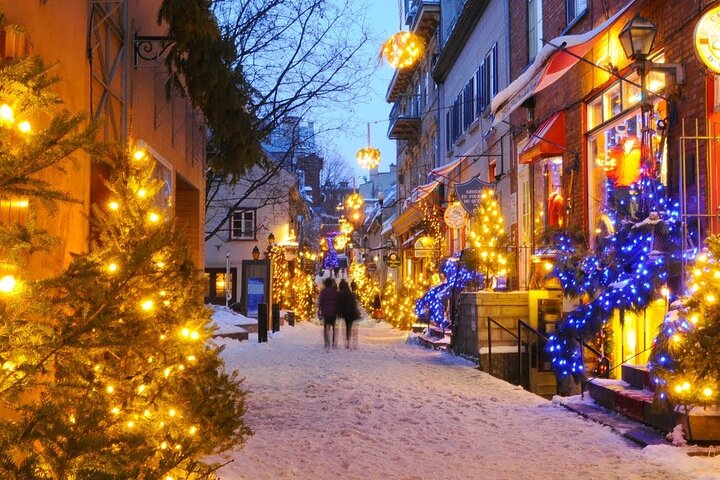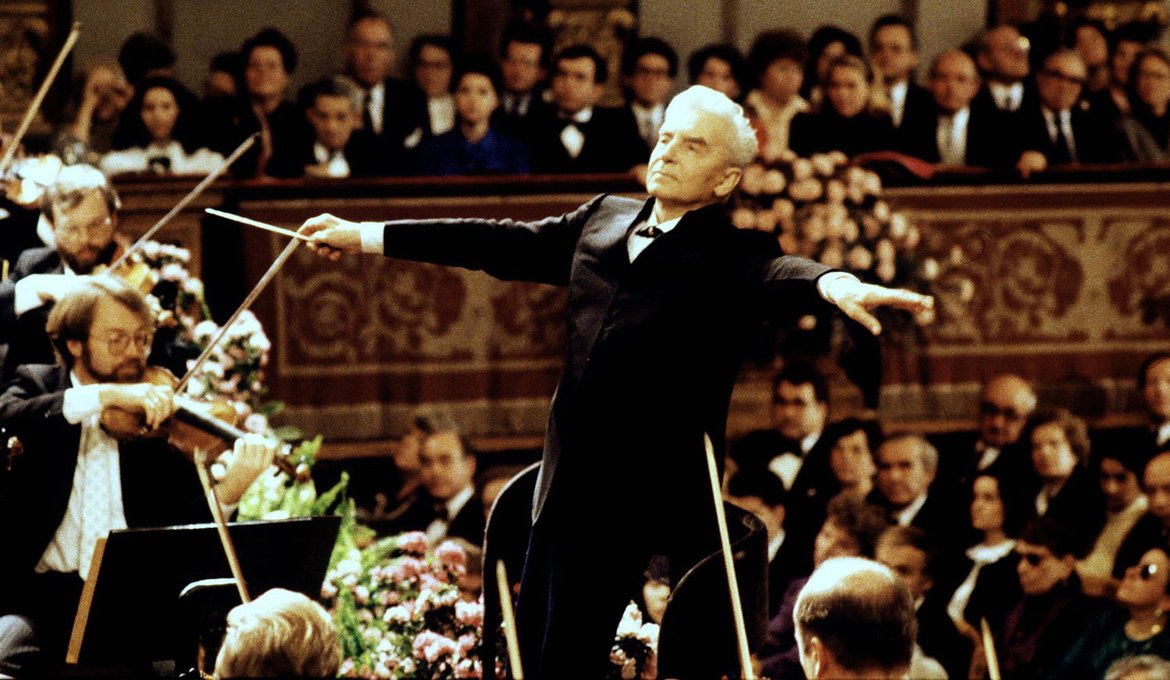Forget animated light projections. Transfix, the latest in immersive art experiences, will bring 50 interactive, kinetic, illuminated artworks—including pyrotechnics—to Las Vegas, in the first stop of a planned tour that will bring monumental, festival-style works to cities across the U.S.
The project is the brainchild of Michael Blatter and Tom Stinchfield of New York marketing agency Mirrorball. They originally conceived of the idea during the pandemic as a free, COVID-friendly event staged in Brooklyn Bridge Park that would support artists who normally made work for large-scale festivals like the Burning Man gathering in Nevada’s Black Rock Desert.
“These things shouldn’t be gathering dust in a warehouse—they should be out on the road, they should be installed somewhere where people can enjoy them and be as inspired by them as we are,” Stinchfield told Artnet News.
“Most of the artists who make these big pieces for these events are only doing it out of passion, which is really beautiful. But afterward, it’s often out of their pocket to bring it back to wherever they may live, and store it in a warehouse or their studio, and they end up losing money,” he added. “It’s a very niche market to to sell a piece of art that’s five stories tall!”
Stinchfield and Blatter actually met years ago through a mutual friend who suggested Stinchfield might benefit creatively from accompanying Blatter on one of his annual trips to Burning Man.
“Michael said, ‘I’m not gonna take some random person to Burning Man.’ We had lunch, and about a week later we were sharing an RV in the desert,” Stinchfield recalled.
The Brooklyn Bridge Park project to showcase the kind of art they encountered there never came to fruition. But it did become the basis of the business plan for Transfix, which the duo likens to a high-production value rock tour for experiential art.
They hope that Transfix will help create a broader audience for the ambitious, large-scale works created for Burning Man and other similar events. (Only half of the art was originally created for the Nevada gathering.)

Christopher Bauder & KiNK, AXION. Photo by Ralph Larmann, courtesy of the artist and Transfix.
“This is art that was never created within the existing museum and gallery infrastructure,” Blatter told Artnet News. “This art is gigantic, it’s illuminated, some of it’s fire-breathing—it’s certainly not traditional museum-style art.”
Transfix aims to create a new source of income for this kind of work by paying participating artists a rental fee for their artworks.
“We can give artists predictable income, and free up space in their studios while giving these pieces a place to be seen and recognized by the masses,” Stinchfield said, noting that many of the artists they approached were so eager to stop having to store these works that they would have happily lent them for free.
The Las Vegas edition will open at Resorts World in April, and will run through at least September—although that could be extended if things go well.

Marco Cochrane, R-Evolution. Photo courtesy of the artist and TRANSFIX.
There will be works by artists such as Marco Cochrane, Foldhaus Collective, Christopher Schardt, Playmodes, HOTTEA, and Kevin Clark. The largest work is Christopher Bauder and KiNK’s Axion, a 10,000-square-foot illuminated sonic experiential installation that has never been shown in the U.S.
“We’re taking the underbelly of a 747 to fly that piece over here from Berlin,” Stinchfield said.
Works will be on view in 130 shipping containers in a sprawling 200,000 square-foot outdoor venue, with two-story viewing platforms to experience the monumental art from multiple vantage points—plus 10 bars where you can grab a drink. (Exploring the entire maze-like exhibition is expected to take about two hours.)
“It will be a great place to hang out and experience art in a whole new way,” Blatter said.

Pablo González Vargas, ILUMINA. Photo courtesy of the artist and TRANSFIX.
If Transfix’s ticket sales prove profitable, the proceeds will be used to commission new works for future residencies, with plans for stops in Los Angeles, Miami, New York, and Chicago.
“I’ve been participating as a sculpture artist at Burning Man since 1999, and I can tell you Burning Man creative culture is a gold mine of large-scale art. We pioneered massive, immersive and experiential art out there in that dessert,” Kate Raudenbush, whose 25-foot mirrored pyramid As Above, So Below is one of the inaugural works at Transfix, told Artnet News in an email.
She’s tired of being told that displaying her monumental works for free will provide valuable “exposure,” and is eager to create even bigger and more ambitious projects as Transfix takes off.
“I’m already dreaming up new ideas!” Raudenbush said.
“The ultimate goal is to build a creative ecosystem where people can be inspired by this art, but also give artists space to create,” Stinchfield added. “What we’re most excited about is writing that first check to an artist commissioning a piece that they’ve dreamed of their whole life that nobody would ever fund.”

